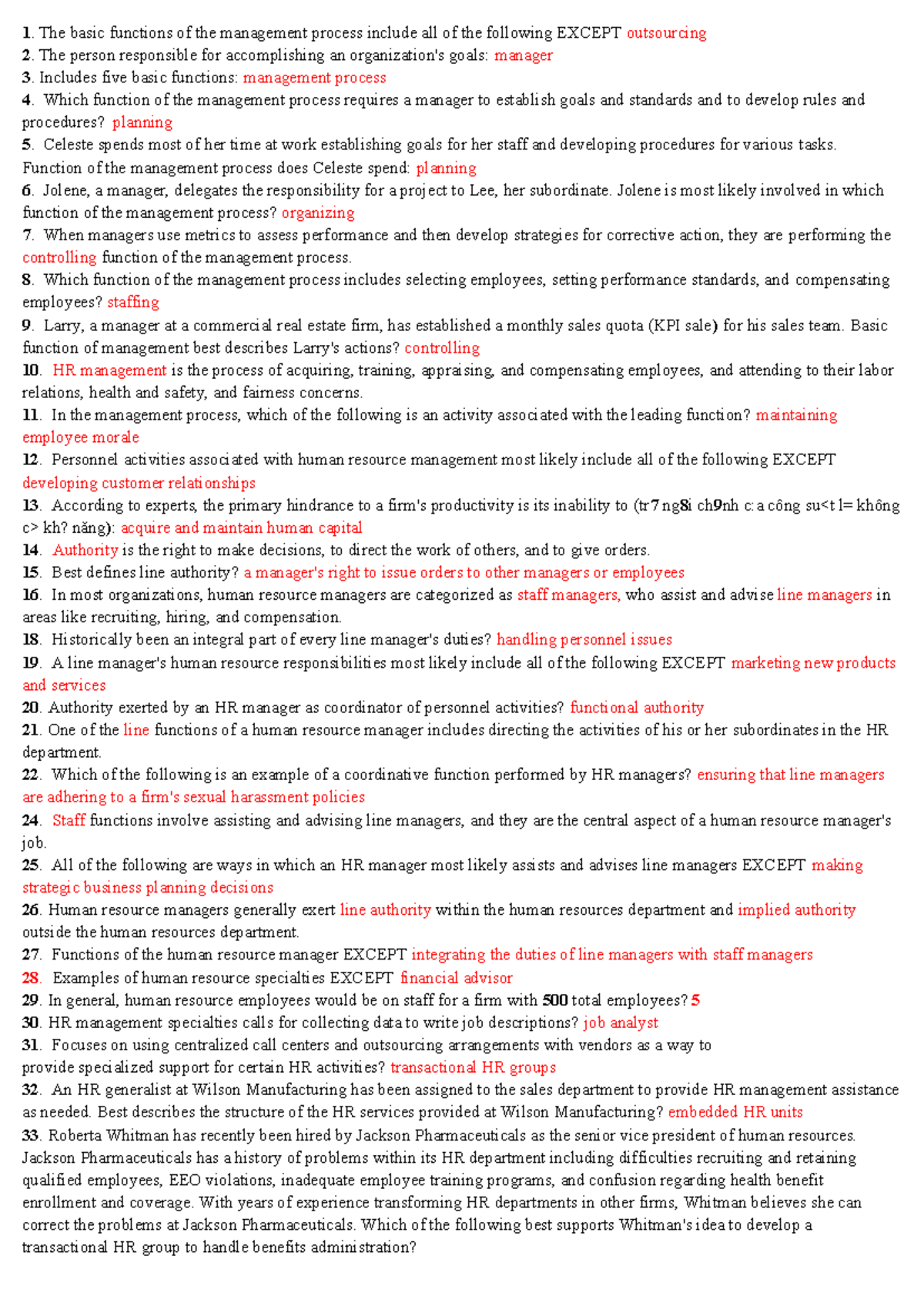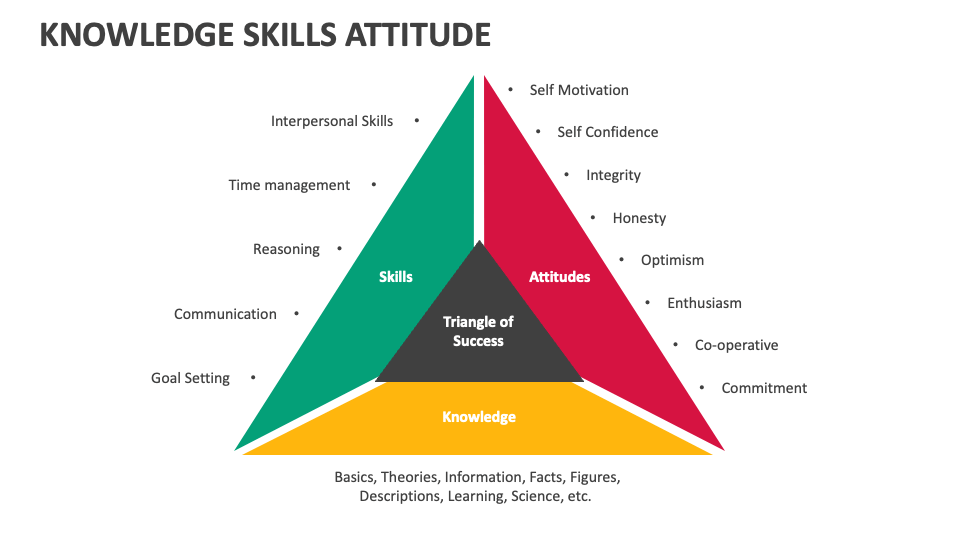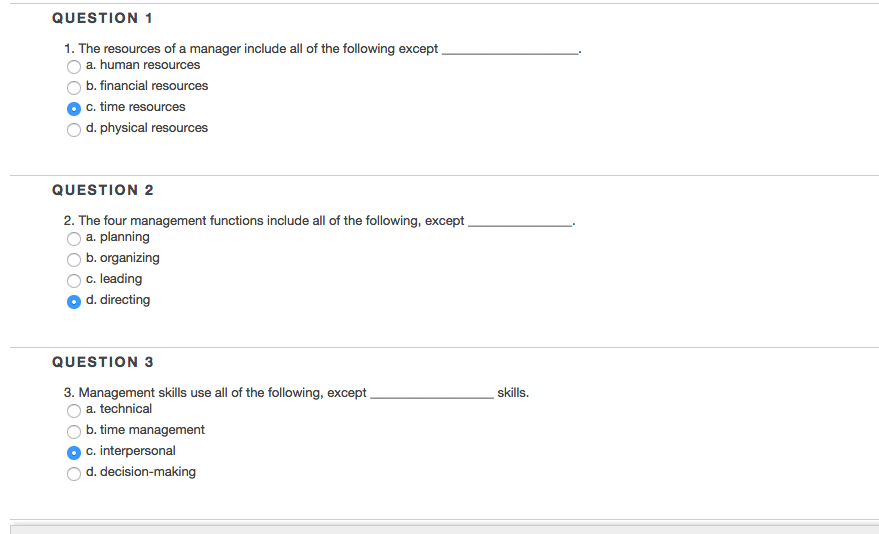Attitudes Include All Of The Following Except

The aroma of freshly brewed coffee mingled with the hushed whispers of anticipation. Sunlight streamed through the large windows of the community center, illuminating the faces of the diverse group gathered there. They were a mix of students, retirees, and young professionals, all eager to delve into a topic that touches every facet of human interaction: attitudes.
At the heart of their discussion lay a fundamental question: what are the core components of an attitude? While opinions, beliefs, and values were readily acknowledged as key elements, the group sought to pinpoint what *doesn't* constitute a true attitude, differentiating it from related concepts. Understanding this distinction is crucial because attitudes powerfully shape our behaviors, relationships, and the very fabric of society. It helps us understand why people act the way they do.
Understanding the Anatomy of an Attitude
An attitude is generally defined as a learned predisposition to respond to an object or class of objects in a consistently favorable or unfavorable way. It’s a psychological construct that influences how we think, feel, and act.
Many researchers agree on the ABC model of attitudes: Affective, Behavioral, and Cognitive components. The affective component encompasses our feelings or emotions towards the attitude object, like feeling joy when thinking about a favorite hobby.
The behavioral component refers to our actions or behavioral intentions toward the object. For example, regularly attending a specific sporting event. Lastly, the cognitive component involves our beliefs and thoughts about the attitude object; knowing that exercise is good for your health.
What Attitudes Are NOT: Instincts and Reflexes
While attitudes are learned predispositions, instincts and reflexes are innate, unlearned behaviors. A key distinction lies in their origin and malleability.
Instincts are complex, species-specific patterns of behavior that are genetically programmed, like a bird building a nest. Reflexes are simple, automatic responses to stimuli, like blinking when something approaches your eye.
Attitudes, on the other hand, are acquired through experience and learning. They can be shaped by our interactions with others, exposure to information, and personal experiences. Unlike reflexes, attitudes can also be changed or modified over time.
For example, someone might initially dislike spicy food (an attitude) based on a bad experience. However, through repeated exposure and positive experiences, they might develop a liking for it. This change would not be possible with a reflex or instinct.
Distinguishing Attitudes from Factual Knowledge
Attitudes involve evaluation and emotional response, whereas knowledge is simply the acquisition of information. You can *know* that smoking is bad for your health but still *have* a positive attitude towards it. This positive attitude could be formed from the association with friends or the perceived stress relief it provides.
Facts are objective and verifiable, while attitudes are subjective and based on personal beliefs and values. This distinction is important because it highlights the difference between understanding something and feeling a certain way about it.
Consider the statement: "The Earth revolves around the Sun." This is a factual statement based on scientific evidence. An attitude towards the Earth, the Sun, or science, in general, would be separate from knowing this fact.
Emotions vs. Attitudes: A Subtle Difference
Emotions are intense, short-lived feelings, while attitudes are more enduring and consistent predispositions. While attitudes can influence emotions, they are not the same thing.
Imagine someone suddenly hearing good news. They might experience a surge of joy, which is an emotion. However, their general attitude towards life, such as optimism, is a more stable predisposition that influences how they interpret events over time.
Furthermore, attitudes often involve a cognitive component (beliefs and thoughts), whereas emotions are primarily affective (feelings). An attitude towards a political party, for example, will involve a range of beliefs and evaluations beyond the immediate emotional response to a politician's speech.
The Societal Significance of Understanding Attitudes
Understanding the components of attitudes, and what they are *not*, is crucial in various fields. From marketing and advertising to political science and social psychology, the power of attitudes is undeniable.
Marketers strive to understand consumer attitudes to design effective campaigns. Political strategists attempt to influence public attitudes to gain support for their policies.
In social psychology, studying attitudes helps us understand prejudice, discrimination, and intergroup relations. Recognizing the difference between deeply held beliefs and fleeting emotions, or factual knowledge and personal biases, is key to promoting tolerance and understanding.
By recognizing that attitudes are learned and can be changed, it's possible to develop interventions that promote positive social change. Educational programs can challenge stereotypes and foster empathy, contributing to a more just and equitable society.
A Call for Reflection
The discussion at the community center concluded with a renewed appreciation for the complexity of human attitudes. Recognizing what constitutes an attitude, and what it doesn't, provides valuable insights into human behavior.
It prompts introspection: what attitudes do we hold, and how do they shape our perceptions and actions? By understanding the origin and components of our attitudes, we can make conscious choices to cultivate those that promote well-being and positive relationships.
Ultimately, the journey towards understanding attitudes is a journey towards understanding ourselves and the world around us. It empowers us to become more mindful, compassionate, and effective agents of change in our communities and beyond.









